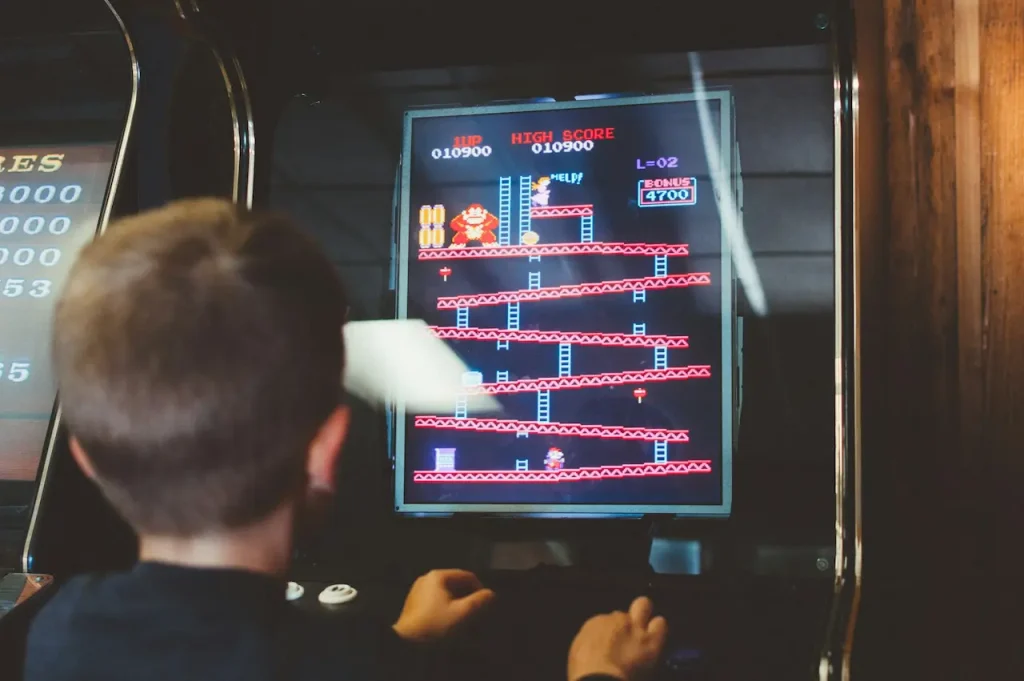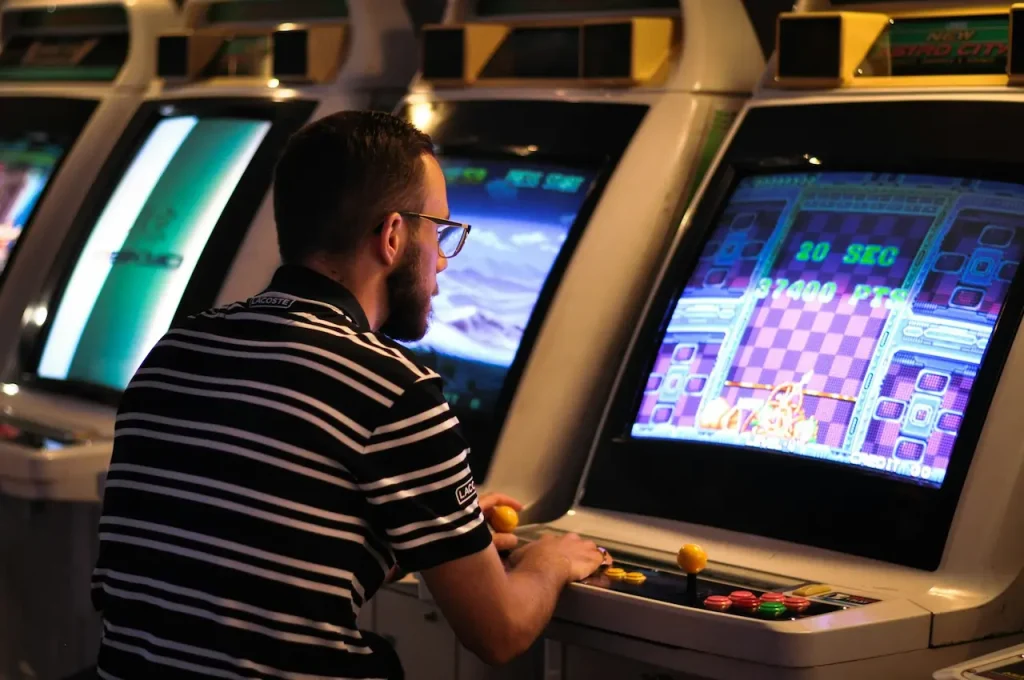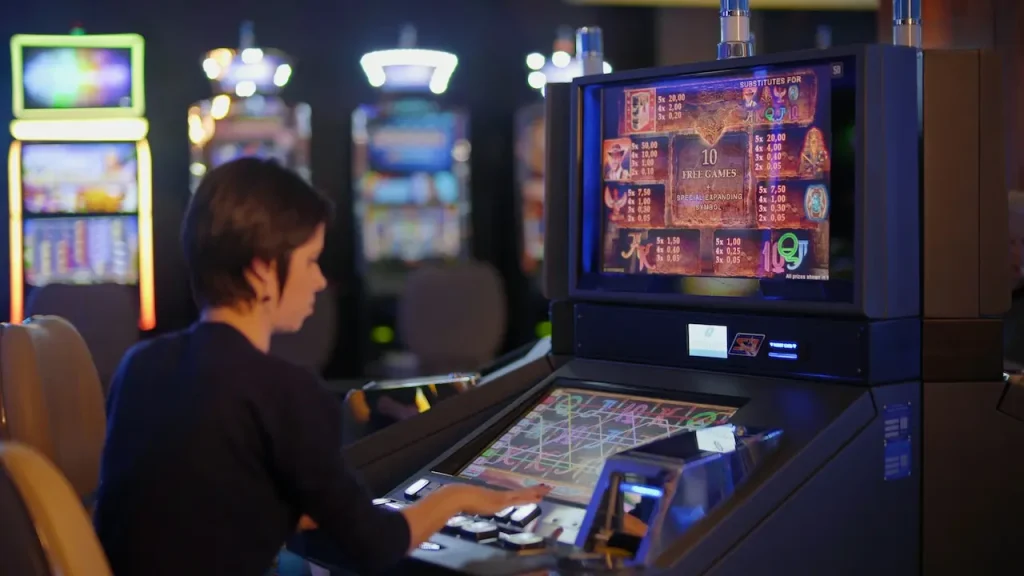Gamification Strategies for Better Engagement
How to Use Gamification to Transform User Interaction and Retention
Engagement has become the currency of the digital age, when mobile applications are plentiful and users’ attention is short-lived. No matter how well-designed or innovative a mobile app is, without meaningful and consistent user engagement, it will fail. Today, businesses compete not just for downloads, but also for long-term interactions, retention and loyalty.
Gamification strategies for better engagement are one of the best ways to keep users engaged and interested in your app. Gamification enhances the user experience by weaving game-like elements–challenges, rewards, goals, and fun interactions–into non-gaming environments. Gamification is a great way to increase engagement because people are naturally drawn to games, competitions, and achievements.
This article will explain the basics of gamification and why it’s one of the best tools to boost user engagement. We’ll also show how businesses can use gamification techniques in order to create more interactive, sticky mobile applications.
What is Gamification? Understanding the Psychology Behind It
Gamification is the process of integrating game mechanics, such as rewards, challenges and storylines into non-game environments, like mobile apps, eCommerce platforms and educational tools.

Gamification is about more than just adding badges or points. It is a carefully designed system that uses human motivations.
- The desire to receive rewards
- The need to compete
- Personal achievement is a great feeling
- Enjoying play is important
- Status and recognition appeal
- Explore your curiosity
Gamification in mobile applications encourages users to return often, complete tasks and explore new features. It also encourages them to engage with the brand ecosystem. Gamification can be used to improve user behaviour, whether it is a fitness app that rewards daily workouts, a platform for e-commerce that offers badges based on frequent purchases or a learning application unlocking levels according to progress.
Why Gamification Works
Gamification encourages user engagement through psychological triggers.
1. Motivation
Users feel rewarded by progress indicators and rewards.
2. Commitment
Gamified goals encourage users to stay invested for long enough to form habits.
3. Competition
Leaderboards, achievements and social sharing are a great way to encourage friendly competition.
4. Progression
Users can follow a path that is clearly defined by levels, challenges and milestones.
5. Enjoyment
Interactivity and fun elements enhance the user experience, which reduces churn.
These factors, when combined, create an environment that encourages users to explore, interact, and return to the app.
Why Gamification is Essential to Driving Higher User Engagement
The mobile app market is becoming more competitive and saturated. In order to keep users engaged, it is not enough for them to download an app.
Why has gamification been so popular among app developers and marketers?
1. Users Love Games By Nature
Universally, games are loved. Even simple mechanics in games, such as spinning a game wheel, unlocking rewards or completing missions, can create excitement and an emotional connection.
2. This Increases User Retention
Apps with gamification can convert casual users to long-term customers. Rewards, streaks and achievements encourage users to return daily or every week.
3. It Encourages Meaningful Action
Gamification encourages users to perform tasks that they would otherwise not complete, such as filling in profiles, exploring features or completing onboarding steps.
4. It Increases Customer Loyalty
Users will be more loyal to an app or brand if they have a progression system (such as point thresholds and tier levels).
5. It Boosts Conversion Rates
Gamification based on rewards can encourage users to take certain actions, such as signing up, referring others, or making purchases.
When implemented properly, Gameification Strategies for Better Engagement can transform your entire user experience, making apps more dynamic and memorable.

Top Gamification Strategies for Mobile Apps
Let’s look at how to use gamification in your mobile app for better user engagement.
1. Play Simple, Fun, and Easy-to-win Games
The biggest myth about gamification involves the idea that games must be complex in order to be successful. Complicated game mechanics can frustrate and overwhelm users. Users of mobile apps are generally looking for quick, easy, and fun interactions, not complex puzzles.
To maximise engagement:
- Simple rules for games
- Avoid complex experiences that slow down your experience
- Users can win rewards by putting in reasonable effort
- Motivate yourself by using fast-gratification mechanisms
Users are more likely to explore additional features, stay engaged longer and return more often if they feel that their efforts have been rewarded.
2. Launch Reward and Recognition Programs
Most gamification models are based on rewards. Rewards release dopamine in the brain, which encourages users to use the application.
Some of the strategies that reward employees include: First-time user bonuses.
- Purchase-based rewards
- Referral Rewards (Incentives for inviting users to join)
- Daily Login Rewards (bonus Points or Gifts for Continuous Use)
- Tiers of loyalty programs
A reward and recognition program that is well-structured will keep users coming back to your site, encourage consistent interaction, and increase brand loyalty.
3. Promoting New Products and Services with Fun, Interactive Elements
Gamification can be used to enhance marketing and promotional campaigns. Brands from all industries are using game-like promotional experiences more and more to introduce new products or highlight key features.
As an example:
- A shoe brand may showcase a virtual mini-game in which players can test the new shoes.
- Beauty brands may offer challenges that allow users to try virtual looks, earn badges and then compete in a beauty contest.
- An app for a restaurant might reward its users for completing “flavour challenges” linked to new menu items.
Users are more likely to engage with content when it is fun and interactive. This will increase brand awareness, drive product interest and boost conversion rates.
4. Gamification is a Great way to educate users about products or features
Gamification can be used as an educational tool. Brands can use engaging formats to deliver product information, rather than just plain text.
- Animated product demos
- Interactive tutorials
- Story-based explorations
- Simulation games demonstrating product usage
It makes the experience of learning about a product fun and memorable. This reduces friction and helps users to understand key features faster.
5. Install In-Game Currency
In-game currency can be a powerful tool for gamification and is used in many gaming apps. It’s also effective in other environments. In-app currencies give users a feeling of progress and ownership.
You can earn currency in the following ways:
- Completing tasks
- Making purchases
- Milestones to be reached
- Participating in challenges
- Playing and winning games or competitions
You can use the currency to unlock premium content, customise our avatar, and access special features.
Microtransactions not only keep users engaged, but they also increase app revenue. Google Game Services, Amazon Game Circle and other tools help developers manage gamified currency.
6. Use Badges and Points to Motivate Users
They are a classic tool for gamification that allows users to see their achievements. They can trigger an emotional response and provide social bragging rights for users, especially when they are combined with:
- Leaderboards
- Share your achievements
- Milestone tracking
Users feel accomplished when they collect badges and accumulate points. It increases their engagement with the app and encourages them to keep progressing.
Apps that use badges and points can also help to build communities and boost brand recognition.
How Gamification Strengthens Customer Relationships
Gamification is more than just engagement. It builds emotional bonds between the users and their app.
Here’s how:
It Creates Habit-forming Experiences
Users are encouraged to develop routines by daily streaks, challenges and progress bars.
Supports Personal Growth
When users complete tasks, achieve goals and track their progress, they feel satisfied.
It Offers a Sense of Community
Social interaction is fostered by leaderboards, social sharing and team challenges.
Add Fun to Everyday Activities
Even boring tasks, such as shopping, learning or exercising, can be made fun.
Users who are satisfied with their app experience will form long-term relationships.

What Developers Should Prepare for the Future of Gamification
Gamification’s future will be centred on a more personalised experience, smarter rewards systems, and immersive experiences as digital engagement becomes increasingly competitive.
The following are some of the upcoming trends:
- AI-driven gamification adapts challenges according to user behaviour
- AR/VR Integration for More Immersive Interactions
- Hyper-personalised rewards linked to user interests
- Community-driven gamification involving group challenges
- Real-world incentives, combining digital achievements with tangible rewards
The developers who adopt these advanced gamification strategies for better engagement gain a significant competitive advantage.
Conclusion
Gamification has become a key component in successful digital experiences. Integrating game mechanics in mobile applications has become a necessity, as users are looking for more entertaining and meaningful interactions.
Businesses can turn passive users into active and loyal participants by using reward systems, badges, in-game currency, simple games, educational resources, interactive promotions, and other tools. This results in higher engagement, improved retention, stronger brand loyalties, and better business performance.
Gamification has been proven to be one of the best ways to keep users engaged in the digital world.
